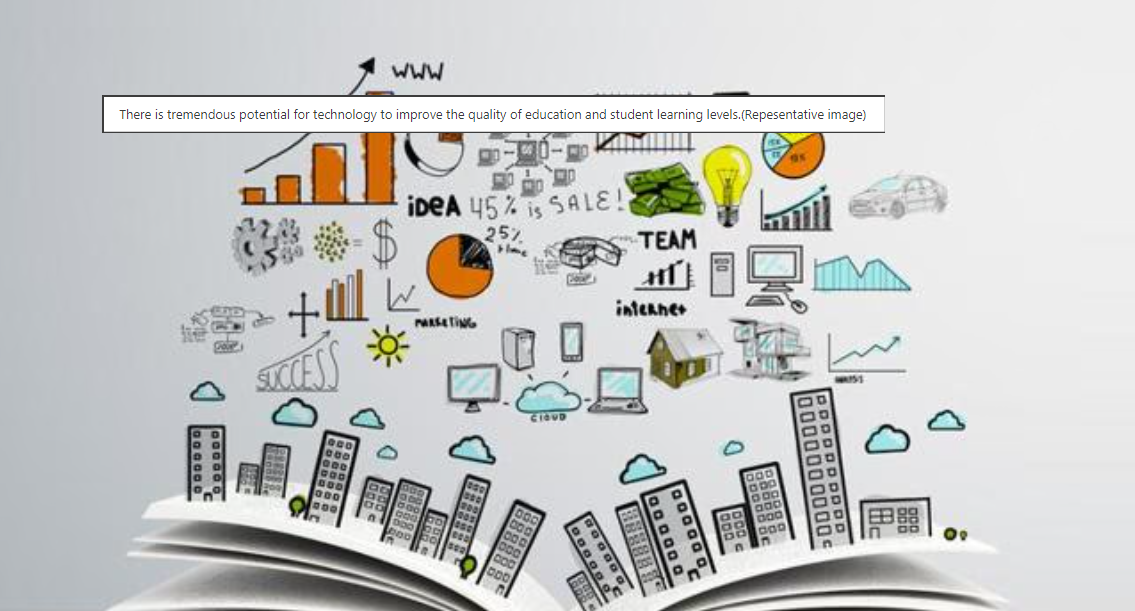“For some time, the view of institutions like the World Bank was that public services should be rationed and minimal, and that the private sector is often a better provider. It was argued that individuals should pay for their schools and hospitals, market mechanisms should be used to organize services, and that social protection should be very limited and targeted only at the very poorest people. While some of the rhetoric, programming and advice has changed, including notably from the IMF, change in practice has been slower. This trend is too often compounded by the influence of elites over politics and governments, skewing public spending in the wrong direction and ensuring that it benefits the already wealthy rather than those who need it most. It is time to focus on what works. To most effectively reduce the gap between rich and poor, public services need to be universal, free, public, accountable and to work for women…“The World Bank and some donor governments are upbeat about the possibility of public-private partnerships (PPPs) and private provision as alternatives to government-funded services. Yet research by Oxfam and other NGOs has shown clearly that education, health and other public services delivered privately and funded through PPPs are not a viable alternative to government delivery of services. Instead they can drive up inequality and drain government revenues. Even the IMF is now warning of the sizeable fiscal risks of pursuing PPP approaches.”Pakistan, for example, has 24 million children out of school, with just 15% of poor rural girls finishing primary school. Public spending on education is among the lowest in the world. The state of Punjab is no longer building new public schools and instead, turning over management of the public schools to the private sector. The goal was to get more of the 5.5 million out-of-school children in Punjab into school, but Oxfam’s research shows this is not what’s happening. Only 1.3% of children in the schools surveyed had previously been out of school. A large majority of the schools enrolled more boys than girls, and drop-out rates for girls were reported to be higher. Non-fee expenditures like uniforms can be as much as 40% of the household income of the poorest households, so many families choose to educate only their male children. One private school principal is quoted as saying, “We as school owners cannot include the poorest of the poor in this school with other kids. It’s not like a charity; we have limited funds from the PPP, and I also need to earn a livelihood from this.” Teachers in the PPP, mostly women, are poorly paid and this further exploits gender inequality.
Importance Of Education
Posted 2024-10-19 08:05:16

Most Recent
Top Comments
Record
Recording 00:00
Commenting has been turned off for this post.
- Jai Veer HazarikaEducation is very importantEducation is very important
- Îmi place
- Reply
- 2024-10-20 07:05:16
-
- Aadya TandonGreat!Great!
- Îmi place
- Reply
- 2024-10-19 08:53:28
-
Categorii
- Sustainability
- Home
- Wellness
- Theater
- Sports
- Shopping
- Religion
- Party
- Alte
- Networking
- Music
- Literature
- Art
- Health
- Gardening
- Jocuri
- Food
- Fitness
- Film
- Drinks
- Dance
- Crafts
- Causes
Citeste mai mult
WHY ARE COMPUTERS IMPORTANT!!!!!!!!!!!!!!
Computers play an indispensable role in nearly every aspect of modern life, from education and...
Importance of olympiads
In today's competitive educational landscape, students are constantly seeking ways to improve...
technology evolution
The spark of the technology revolution has created the platform of many other revolutions....
The Father of our nation- Honouring Gandhi Jayanti
HAPPY GANDHI JAYANTI!!
Gandhi Jayanti, celebrated on October 2, marks the birth anniversary of...
Mindful Consumption: The Art of Buying Less
Learn the principles of mindful consumption and how to make more intentional purchasing...
×
Your daily access limit has been reached. Please try again tomorrow.
© 2025 GoSharpener Pvt.Ltd.
Refund and Cancellation policy - We do not entertain any refunds and cancellation Romaian
Refund and Cancellation policy - We do not entertain any refunds and cancellation Romaian
